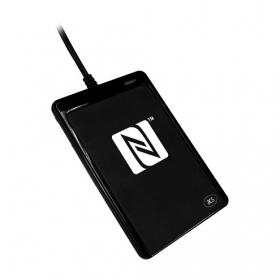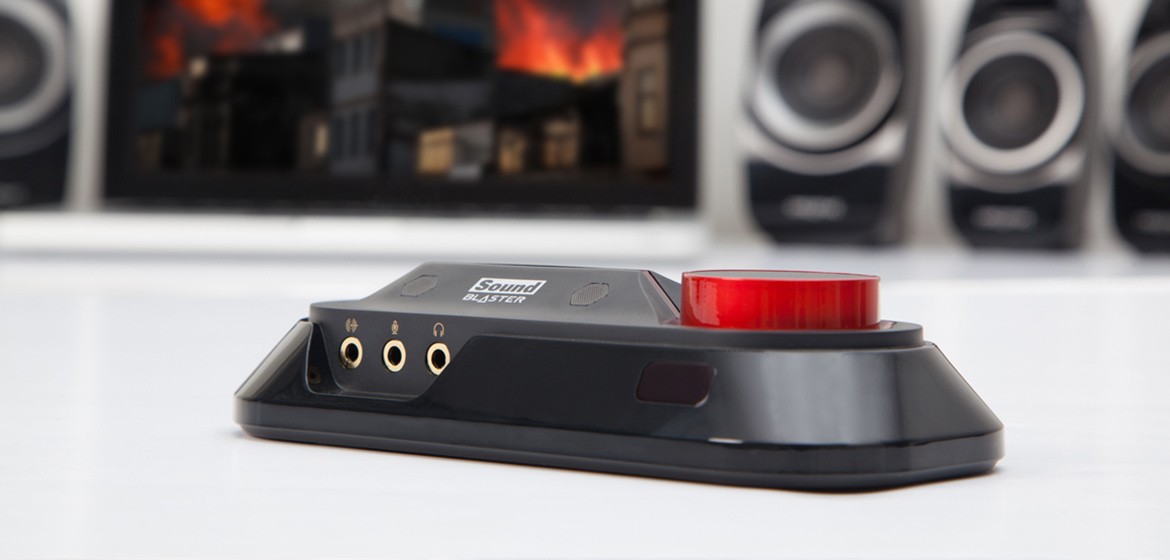


I haven't tested this because it's impossible to do so without a measuring device. You can see what the Colormunki wrote in white point XY numbers loading the display profile as RGB Working Space in Photoshop's CustomRGB dialog box in Color Settings and plotting those numbers on a Plankian Locus diagram which should place the coordinates close to the area regarded as 6500K. My LG's XY numbers according to Colormunki says my white is slightly magenta-ish blue but it doesn't seem to affect color managed previews. Visually my white point has never looked more neutral. If I adjust RGB gains to get Colormunki Display to give me 6500K XY numbers read in Photoshop Color Settings CustomRGB, my display looks too green. But this red/green white point tint color war has been going on with Xrite products with my iMac, Dell and LG displays for years that I've been told drift from expected standard sRGB gamut and thus makes the colormeter see something different.Īs I said before I still get screen to print matches on edited and finished Raw images.Īlso make sure you're making a version 2 (not version 4) display profile. Thank you for telling me about the ColorMunki's preferences settings.
#Soundmate m1 usb software
I completely forgot about them when I recently upgraded to the latest ColorMunki Photo software v1.2.4.Īfter reading your reply, I changed the ColorMunki preferences (to as seen below) and made a second icc profile (attached). Unfortunately, I still get rainbow step wedges.ĬolorMunki Preferences by texshooter, on Flickrġ. You said "If you need to achieve a neutral white point on your Dell, I'ld suggest you adjust visually through the display's OSD RGB gains just as I had to do" You said "You're not using Dell's native white point and relying on Colormunki to set target white point."īut isn't this the way it's suppose to work? Isn't the ColorMunki suppose to take control of my monitor and set its white point? Are you saying there is something wrong with the Dell 3007 that makes it unresponsive to the ColorMunki's command to set the targeted white point?Ģ. The Dell 3007 came with optional OSD software, but I never installed it because I wanted the ColorMunki and GPU duo to control my monitor. (If I remember correctly, the Dell OSD software interfered with the ColorMunki software, but that was 10 yrs ago.) Right now I only have two control buttons on the Dell 3007: one for brightness control and the other to power on/off.
#Soundmate m1 usb install
Should I install this OSD software here and manually adjust the whiteness of the display to match what my eye thinks neutral white looks like? And if I do that, the rainbow step wedge problem will be resolved? I don't see how.ģ. You said " You can see what the Colormunki wrote in white point XY numbers loading the display profile as RGB Working Space in Photoshop's CustomRGB dialog box in Color Settings and plotting those numbers on a Plankian Locus diagram which should place the coordinates close to the area regarded as 6500K." #Colormunki display blue cast dark gray install# Per your instructions I changed the PS working space to the monitor's ICC profile (as shown below), but nowhere does PS show white point XY numbers. Please note that I use the ColorMunki Photo, not ColorMunki Display. So I may not see the same control options that you do. For example, during the calibration setup the ColorMunki Photo instructs me to manually adjust the screen brightness to reach my target of 120cd/m2.

But it does not give me hands-on control over the monitor's color temperature. It simply asks me what temperature I want the ColorMunki to adjust the monitor to and it takes it from there. Does your device instruct you to manually dial in (by OSD buttons) the monitor's color temperature to a target of 6500 kelvin?ĥ.+My monitor looks different after calibrating with ColorMunki SmileĪfter calibrating your display using ColorMunki Smile, you can click the Before and After buttons to compare how your newly calibrated monitor looks. When using the Before and After buttons, you’ll probably notice that the calibrated image looks a little warmer, maybe a little more yellow or orange compared to the original, and possibly less bright. #Colormunki display blue cast dark gray install#.


 0 kommentar(er)
0 kommentar(er)
